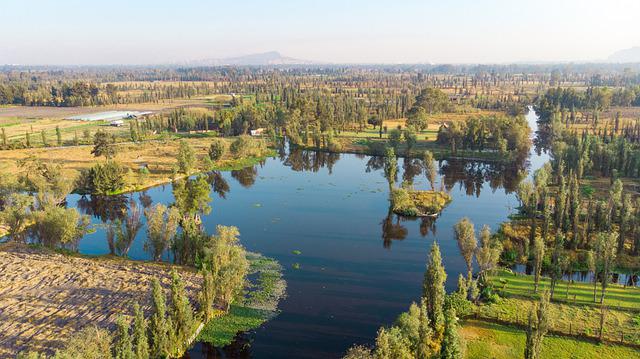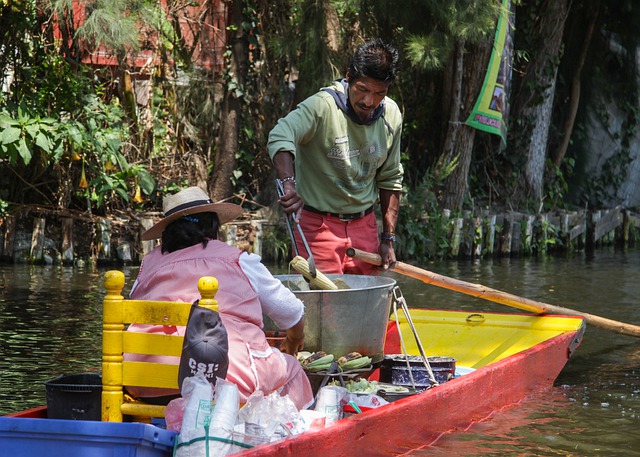
The chinampa is an artificial floating cultivation system.
The concept of chinampa comes from the Nahuatl word chinamitl , which can be translated as "close to the reeds" . This is the name given to the small land located in lagoon areas near Mexico City , where it is common for different types of crops to be developed.
It is known as chinampa, by extension, to the ancient procedure that was carried out for agricultural development and to expand the territory using rafts with land . The chinampas, in this framework, were floating crops of vegetables and flowers .
floating cultivation
Earth, grass and other elements were deposited in boats made of wood and thus an artificial cultivation system was created. The technique was born in the times of the Toltecs and spread especially in the 16th century .
Lake Xochimilco became covered with chinampas and began to house a large population on its shores. Currently there are still chinampas in Xochimilco and also in Tláhuac .
It can be said, in short, that chinampas are developments that allow the territory and agriculture to extend into lakes and lagoons. They emerged in pre-Columbian times and, as we expressed above, they still exist in some Mexican regions.
As they are ponds covered with land suitable for crops, the chinampas are constituted as floating lands . Its growth gave rise to a wide network of canals that favored lake circulation, until the advance of urbanization and cities caused the disappearance of a large part of this system.
Background
At the beginning of the era of great Mesoamerican cultural importance known as the Late Formative , in which certain traditions were born that prepared the way for the Classic period, the need arose to renew the methods of producing food, especially in the agricultural sector.
With the aim of working on richer and better irrigated soils , producers began to take advantage of the margins of the water concentrations that formed in times of humidity, and also of the swamps. Thanks to this idea, their crops multiplied each year.
Another practice that was born at that time was the cultivation of gardens around the house, with plants that required greater attention. One of its benefits was greater diversity in diet. Also in some regions they modified the hills so that they could house agricultural terraces , which stopped erosion and boosted production. But it was only with the drainages and the so-called raised fields that the first manifestations of the current chinampas arose.
Chinampa de Gorostiza
Chinampa de Gorostiza , finally, is a Mexican town located in the north of the state of Veracruz . It has an area of just over 140 square kilometers and almost 17,000 inhabitants.
The region to which Chinampa de Gorostiza belongs is called Huasteca Alta . Its altitude is 100 meters above sea level, and it is related to two hundred and eleven other municipalities that are part of the same region. Its internal organization recognizes sixty-nine locations.

Chinampas represent an important part of Mexican culture.
With respect to the towns and municipalities that border Chinampa de Gorostiza, we have the following:
* the Tantima and Tamalín municipalities, to the North;
* the Naranjos Amatlán municipality, to the South;
* the town Tamiahua, to the East;
* the Tamalín municipality, also to the West.
We cannot fail to mention its climate, it is very warm and has rainfall especially in summer and autumn. Finally, we must talk about our own celebrations throughout the year. Between June 12 and 14, the festivities take place to honor San Antonio; The 29th of the same month is dedicated to Saint Paul; In December, it is time to celebrate the Virgin of Guadalupe.
